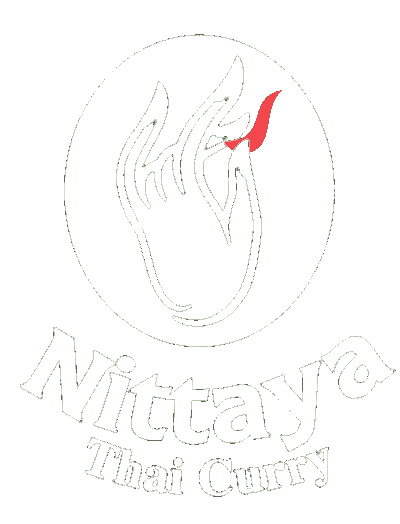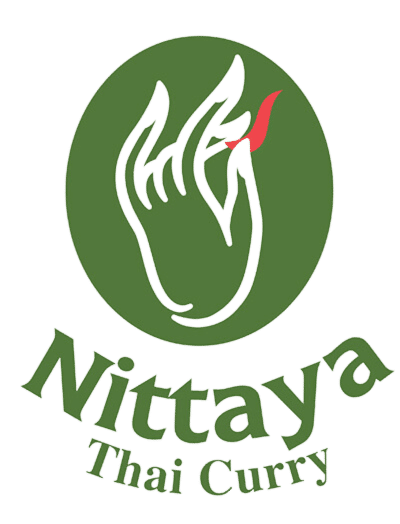How To Make a Delicious and Authentic Panang Curry
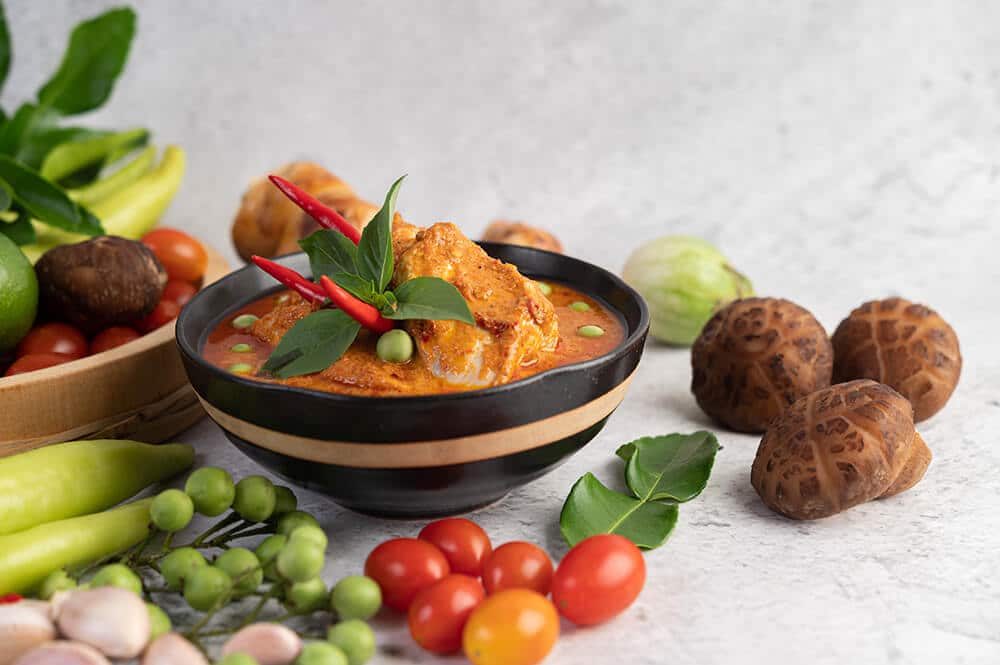
Table of Contents
What is Panang Curry?
Panang curry is a distinct variation of Thai red curry that stands out with its thick, creamy texture and mild, sweet flavor, often enriched by peanuts. This contrasts with green curry, which is known for its fresh, spicy flavor and vibrant color from green chilies, and red curry, which is typically hotter and less sweet. It’s a surprisingly modern invention, since the first mention of panang curry is in Mom Somchin Rachanupharahan’s cookbook, Tamra Kap Khao.
The book was published in 1890, meaning that the dish has a rich history spanning well over a century. Throughout this time, the recipe has undergone some refinement, culminating in the development of a panang curry paste that is rich in flavor, perfected through generations of culinary expertise.
Panang curry shares a similar cooking method with other Thai curries, where the paste is first cooked briefly to enrich the spices. Following this, coconut milk is introduced, creating a rich and creamy base for the dish. Typically, a protein like chicken or pork is added next, simmering until fully cooked. Finally, the dish is traditionally served with steamed rice.
Panang Curry Paste Ingredients
The essential ingredients for an authentic panang curry paste include dried chili peppers, galangal, lemongrass, kaffir lime zest, coriander root, coriander seeds, cumin seeds, garlic, shallots, shrimp paste, and salt. These elements come together to offer a taste that is distinctively Thai, yet unique in its flavor profile.
The inclusion of dried chili peppers is particularly noteworthy, as most Thai cuisine typically employs fresh chilies. This choice imparts a more intense and slightly earthier heat to the panang curry paste, distinguishing its flavor profile from others. The kaffir lime zest, of course, imparts a sharp lime flavor. This serves to cut through the rich saltiness of the paste, thereby ensuring that each mouthful of curry has an interesting, sharp flavor.
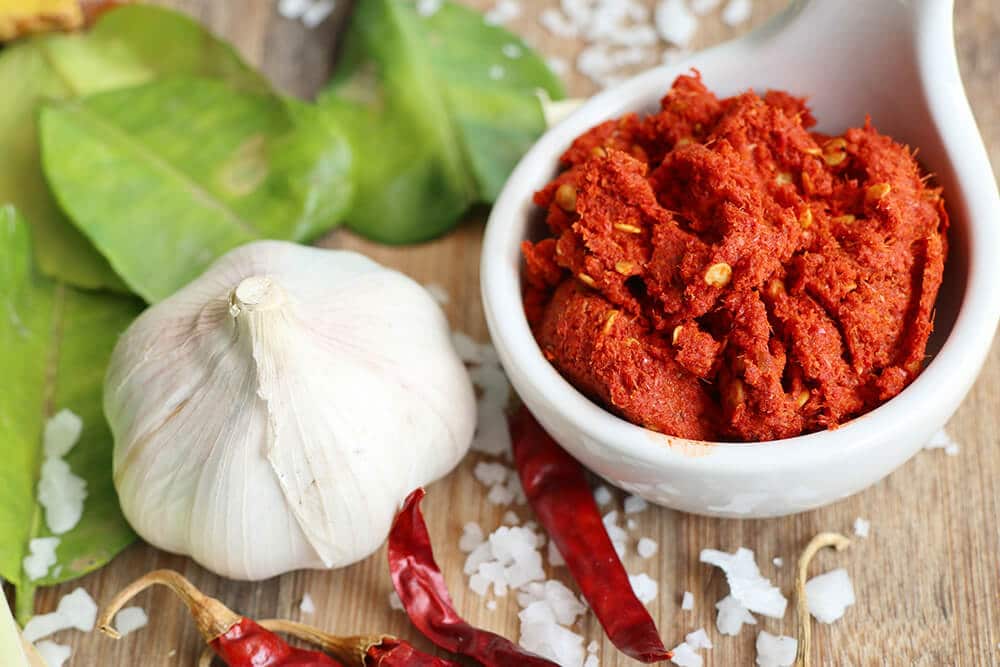
How To Make An Authentic Panang Curry
The key to creating an authentically flavored panang curry lies in using a genuine panang curry paste, and of course we recommend using Nittaya Thai Curry panang curry paste. It perfectly captures the essential richness, spiciness, and zestiness that define a top-quality panang curry. The final flavor of every curry prepared with this paste is consistently delicious, making it an excellent choice for this dish.
In authentic Thai panang curry preparations, peanuts play a role, but they are not included in the curry paste itself. Instead, ground peanuts are added later in the cooking process to complement the dish’s flavors. This method of incorporating peanuts ensures adherence to the traditional recipe. It’s worth noting that while some online recipes might suggest using peanut butter as an alternative, true Thai panang curry is made with ground peanuts, and not peanut butter, which is a foreign invention. This distinction is key if you want to maintain the authentic taste and texture of the dish.
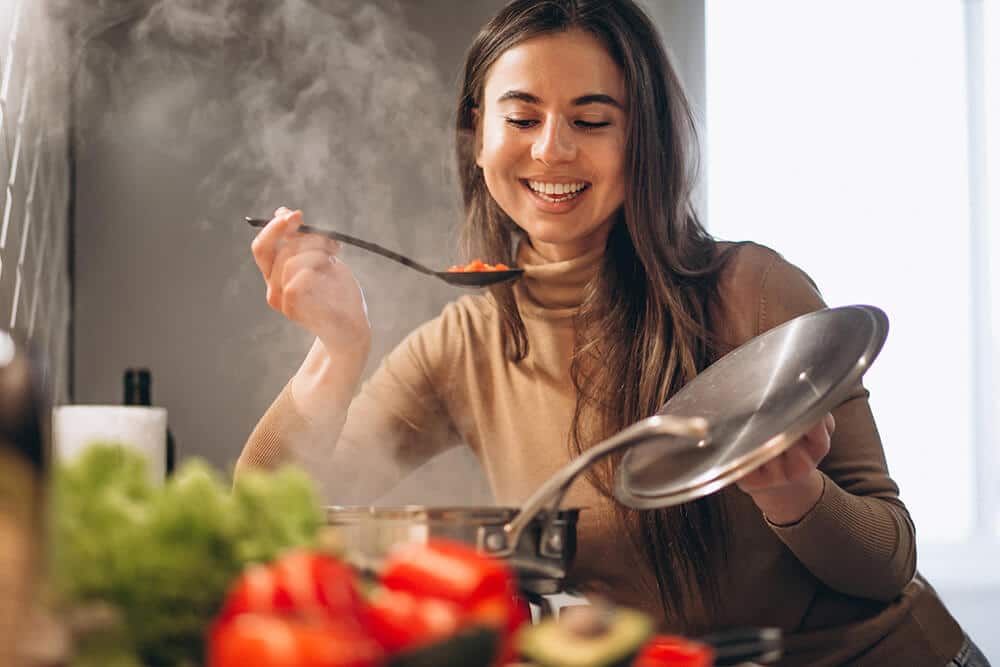
Ingredients:
- 1 tbsp vegetable oil
- 2 tbsp Nittaya panang curry paste
- 2 tbsp ground peanuts
- 2 pounds chicken breast, cut into pieces
- 400g of coconut milk
- ¼ cup light brown sugar, packed
- 1 tbsp fish sauce
- 1 cup loosely packed basil leaves, roughly chopped
- Rice, to serve
Method
- Start by heating the vegetable oil in a large, heavy-based pan. Once it’s hot, add the curry paste to the pan, and stir them together, cooking a little until the paste takes on a darker color, and is very aromatic.
- Transfer the coconut milk to the pan, and stir to combine everything, and ensure that the paste is dissolved.
- Add the chicken to the pan, and simmer for between ten and fifteen minutes, or until the chicken is cooked and the sauce has started to thicken.
- Add in sugar, fish sauce, ground peanuts and most of the basil leaves. Stir everything to combine, and simmer for another five minutes. Taste, and adjust the seasoning with a little more sugar or fish sauce, if required.
- Serve the curry with hot, steamed rice, and a small garnish of the remaining basil leaves.
Substitutions
Traditional panang curry is made with just protein, such as chicken or pork, with no vegetables. However, the versatility of this dish allows for various substitutions to cater to different dietary preferences or to simply experiment with flavors.
Tofu is a great substitute for meat for those seeking a vegetarian or vegan option. Remember to add it towards the end of the cooking process to ensure that the tofu maintains its texture and absorbs the flavors of the curry without disintegrating.
For those adhering to a vegan diet, the good news is that Nittaya Thai Curry panang curry paste is also available in vegan versions. The vegan versions (available in 50 grams, 400 grams and 1000 grams) are made without any animal products, ensuring that the foundational flavor of your curry remains authentic while being completely plant-based.
